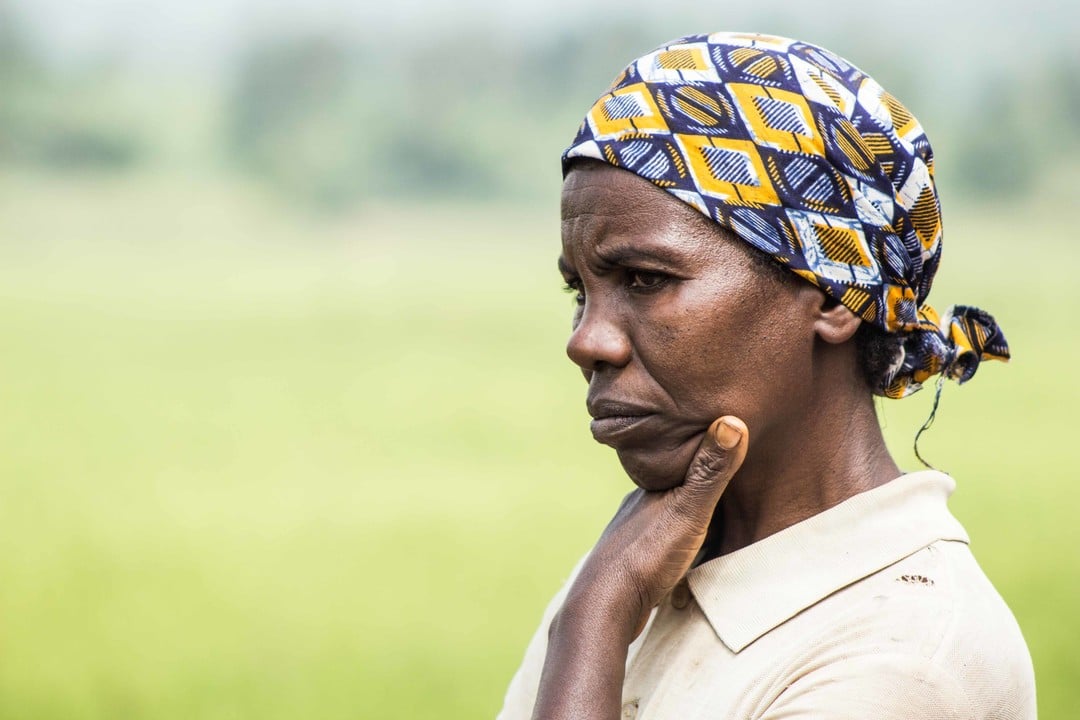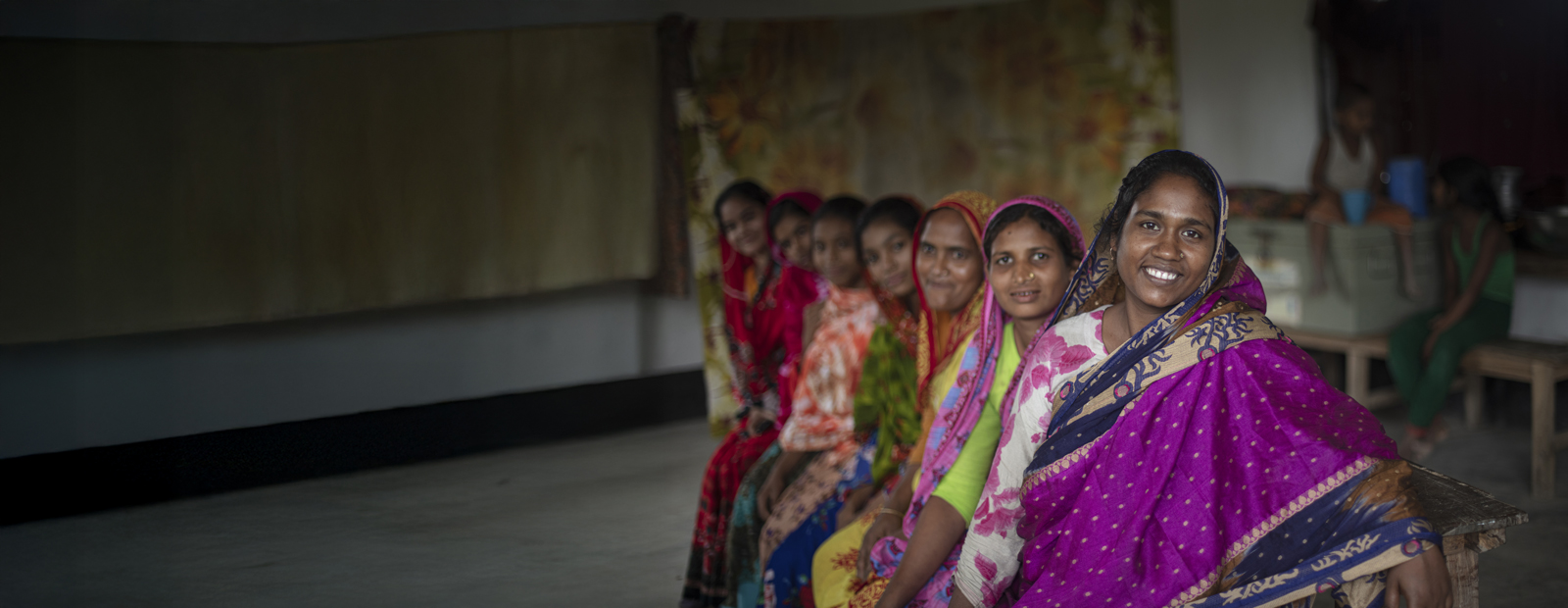The 10 most under-reported crises of 2020
Australians’ news consumption rose dramatically in 2020 as COVID-19 swept the globe and dominated global headlines, but there are some humanitarian crises you may not have seen in the media.
For the fifth year in a row, CARE has analysed millions of online media articles from around the world to see which crises have received the least coverage. These are the forgotten ten – the combined news coverage on these 10 crises was less than that of entertainer Kanye West’s bid for the US Presidency, or the Eurovision Song Contest.
1. Burundi: Scarcity of arable land and natural disasters drive hunger
Extreme weather events, combined with political instability and insecurity since 2015 have uprooted over 135,000 people within Burundi’s borders (of this figure, 83 percent were displaced due to natural disasters).
Displacement, high population density, large numbers of returnees, and close to 80,000 refugees from the Democratic Republic of Congo (DRC), are contributing to competition and disputes over land.
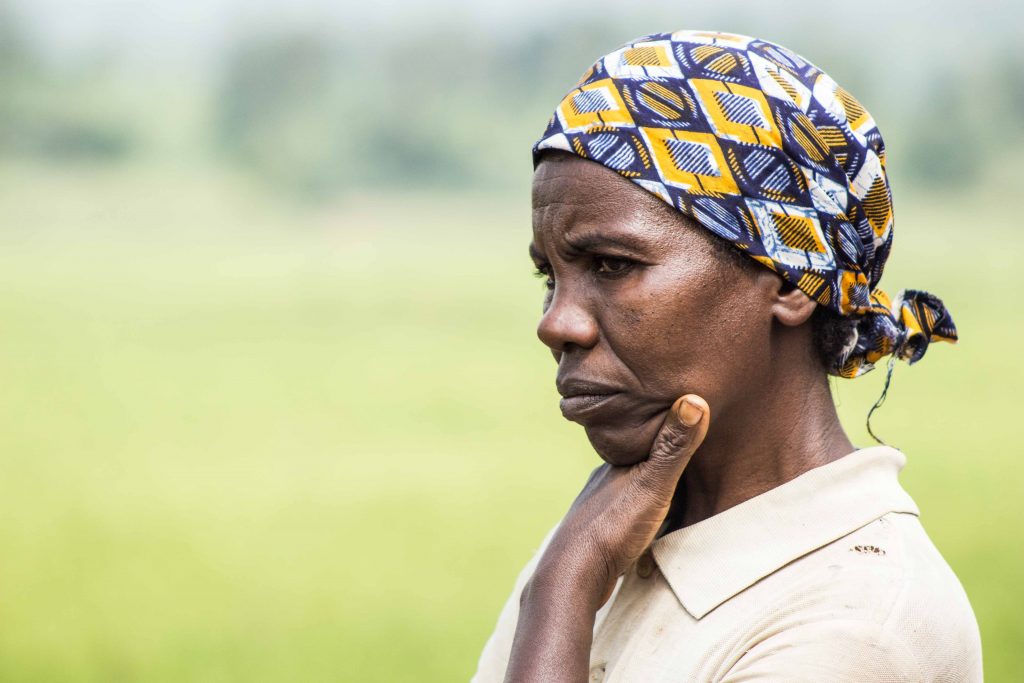
2. Guatemala: Raising the flag of desperation
In Guatemala, whole communities are waving the white flag. Since April 2020, thousands of Guatemalans across the country have begun flying white flags in the streets and from their windows, signalling their dire need for food.
For the 10 million people living below the poverty line in this Central American country, COVID-19 has made a serious food crisis worse.
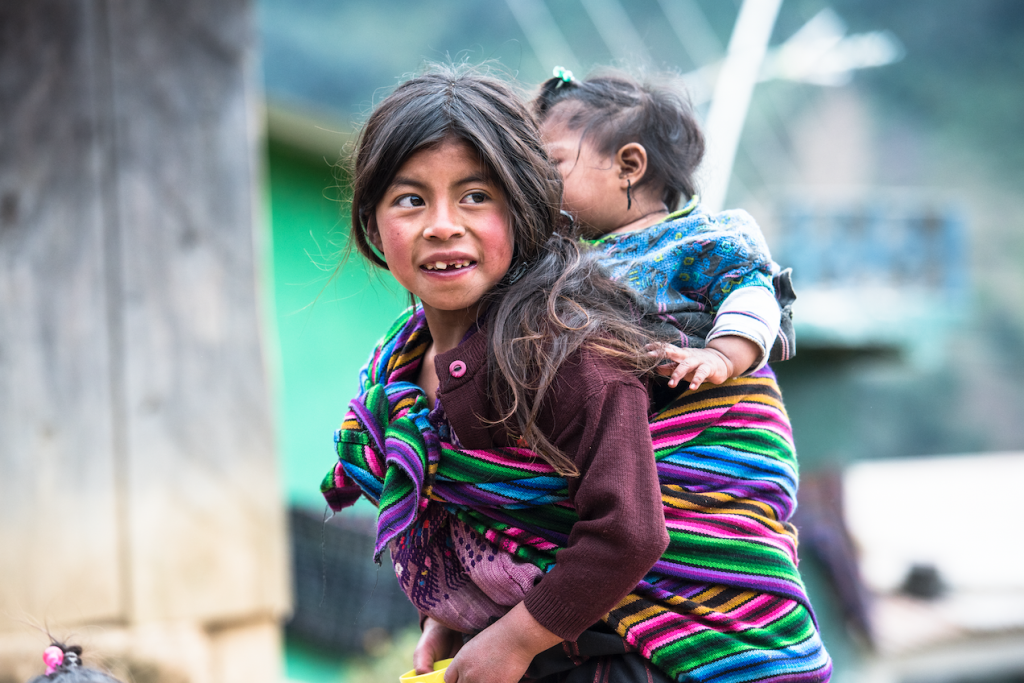
3. Central African Republic (CAR): The world’s forgotten crisis
Despite its significant mineral deposits that include gold, diamonds and uranium, as well as rich arable land, CAR sits at second last on the 2019 Human Development Index.
Pre-COVID, more than 71 percent of its population lived under the international poverty line of USD 1.90 per day. Basic services are lacking throughout CAR, and, in many areas, people depend entirely on humanitarian assistance.
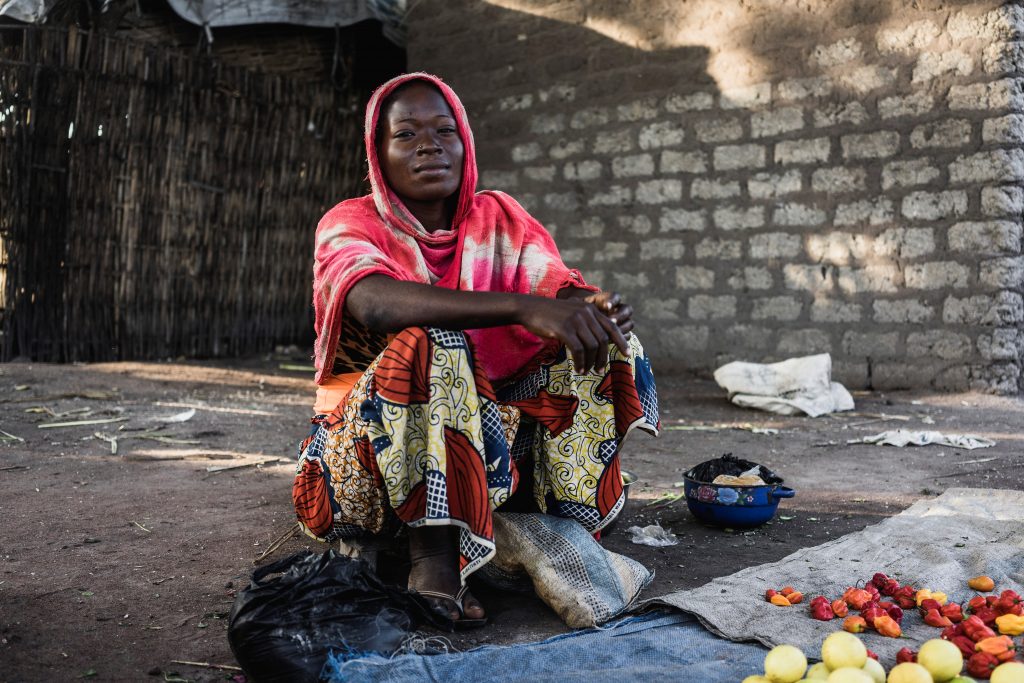
4. Ukraine: Elderly left to fend for themselves
Even before the COVID-19 pandemic, the UN estimated that 3.4 million Ukrainians in the Donbas region would need humanitarian assistance in 2020. The situation is especially dire along the ‘contact line’ that divides Ukrainian government-controlled land from separatist-run areas.
Civilians, and in particular the elderly and disabled, bear the brunt of the conflict. Many younger and able-bodied people have moved to other parts of the country, leaving more vulnerable groups behind.
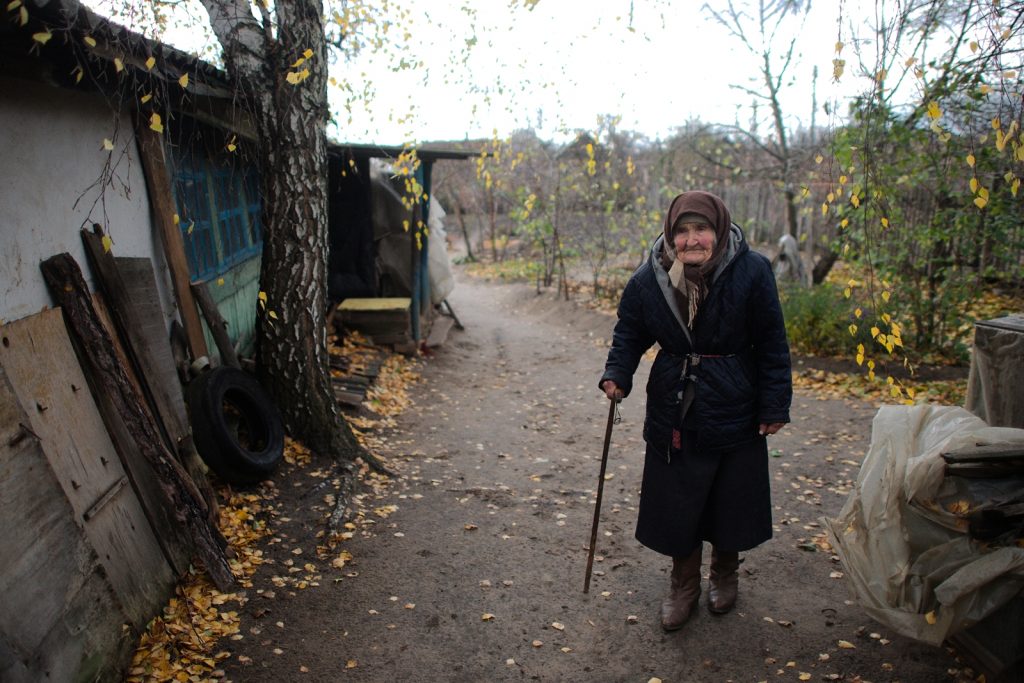
5. Madagascar: Battered and bruised by climate change
Madagascar is blessed with a wealth of natural resources, and over 90 percent of its wildlife is found nowhere else on earth. However, the country is also severely affected by climate change; experiencing recurrent, protracted droughts, and an average of 1.5 cyclones per year – the highest rate in Africa.
An estimated one fifth of Malagasy people – around five million people – are directly affected by recurring natural disasters, including cyclones, floods and droughts.
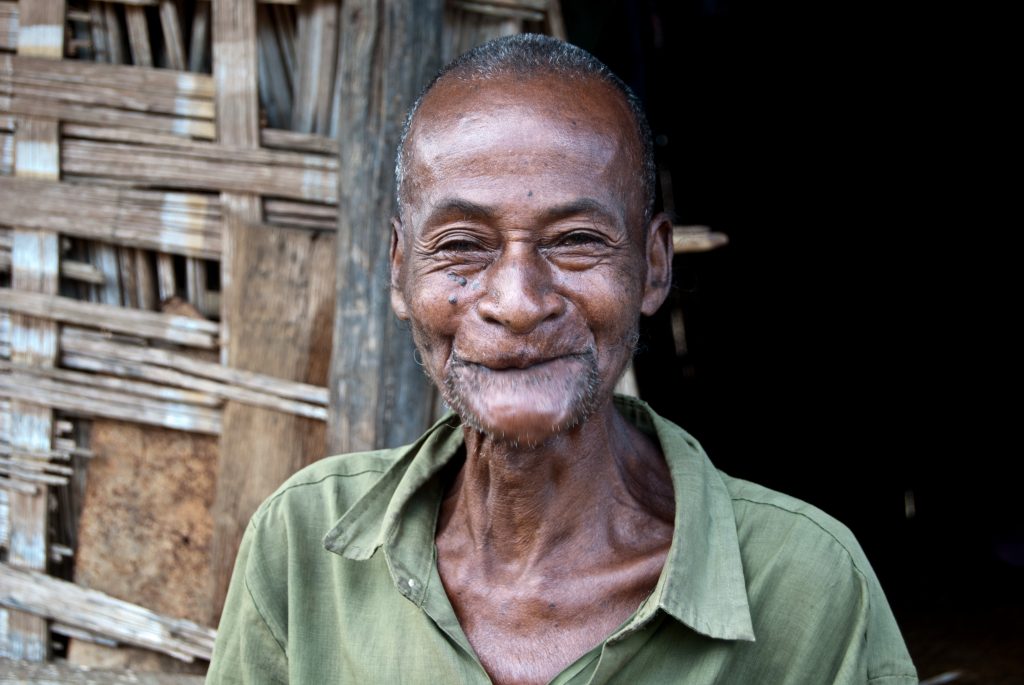
6. Malawi: Suicides and child marriages on the rise
Natural disasters, pest outbreaks, extreme poverty and now COVID-19 are pushing an already highly stressed population to the brink. According to reports from the Malawi police service, there has been a steep (57 percent) increase in suicide rates in 2020.
The closure of schools during the COVID-19 lockdown has led to rising rates of child marriage and abuse. Between March and July 2020, there were 13,000 cases of child marriages and over 40,000 cases of teen pregnancies according to a government-led rapid assessment.
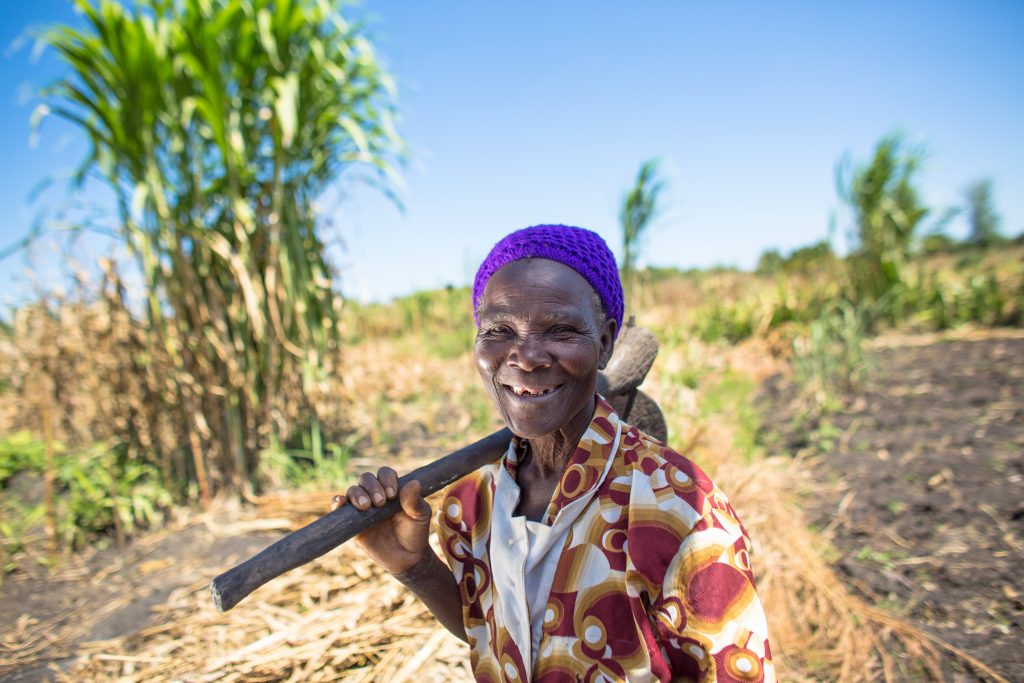
7. Pakistan: Conflict, violence and the ‘triple threat’ of 2020
In the world’s fifth most populous country, disasters stem from temporary displacement due to conflict, the effects of climate change, and pervasive poverty.
Pakistan is highly prone to natural hazards, including flooding, avalanches, and earthquakes. In 2020, the country faced a triple disaster with COVID-19, locust swarms and unprecedented levels of urban flooding.
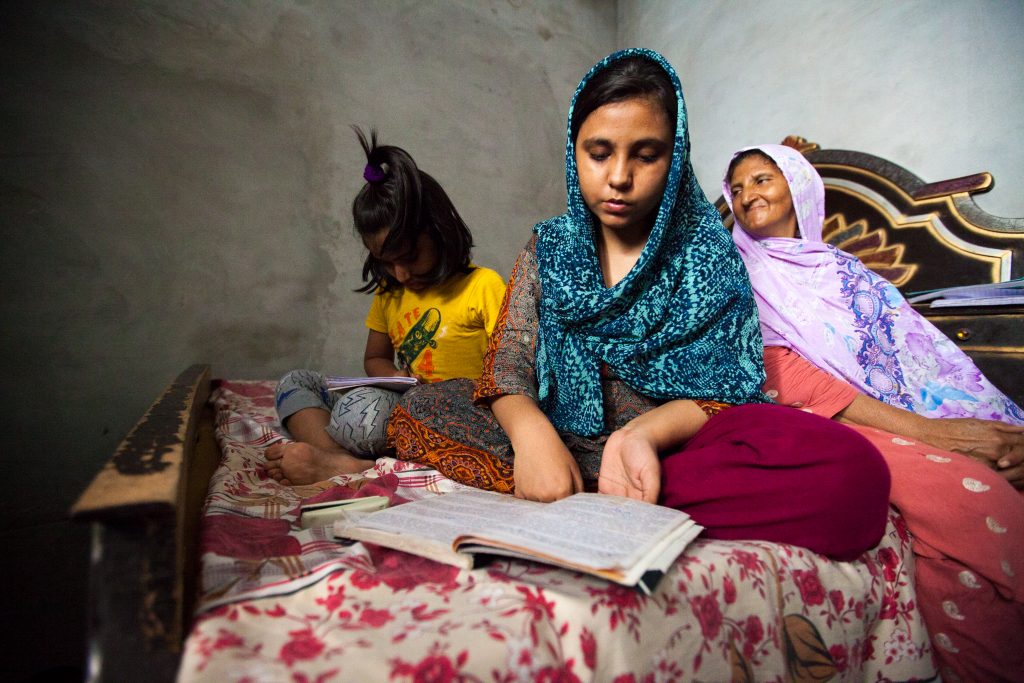
8. Mali: Violence and COVID-19 fuel the humanitarian crisis
Renowned for being the land of the legendary city of Timbuktu, and several pre-colonial empires, the ancient West African country of Mali is in crisis today. Even before the pandemic, years of conflict, insecurity and poor governance, along with climate shocks and natural disasters had left a mark on this vast Sahelian country.
The pandemic has also aggravated the situation for women and children. Mali is one of the most unequal countries in the world for women.
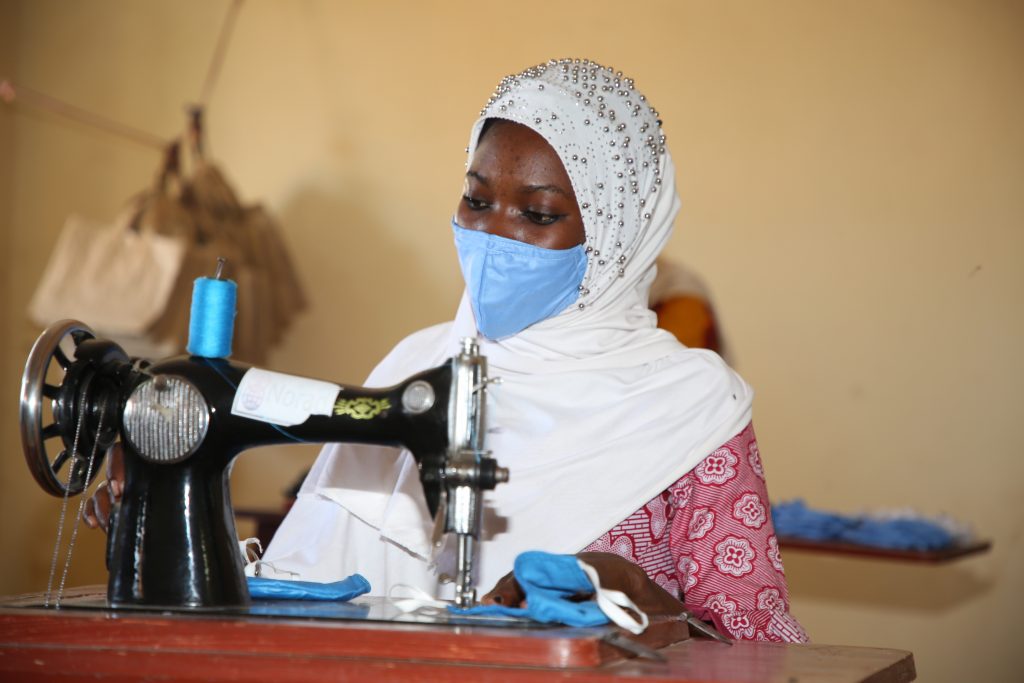
9: Papua New Guinea: Resourcefulness in the face of challenges
Less than 10 kilometres from Australia’s most northern islands lies Papua New Guinea (PNG), one of the world’s most culturally diverse and naturally rich nations. It hosts over 800 languages and more than 1,000 distinct ethnic groups. However, in stark contrast to its neighbours, PNG is one of the least urbanised countries globally with the lowest life expectancy in the Pacific region.
The island nation is prone to natural disasters. In 2020, it faced flooding, landslides and tremors in addition to the consequences of the global pandemic.
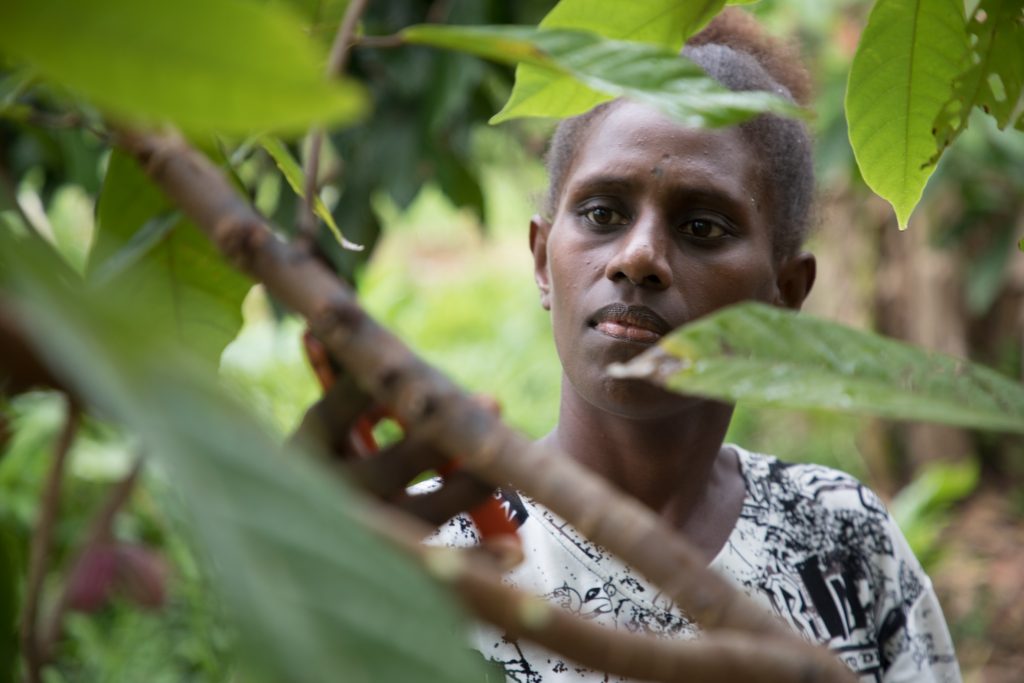
10. Zambia: Extreme weather causing food shortages
Located in Southern Africa, Zambia, a large, peaceful country known for its copper mines and scenic beauty, is bearing the brunt of the global climate crisis. A total of 10.1 million, or about 56 percent of Zambians are in need of humanitarian assistance as a result of severe drought and flooding.
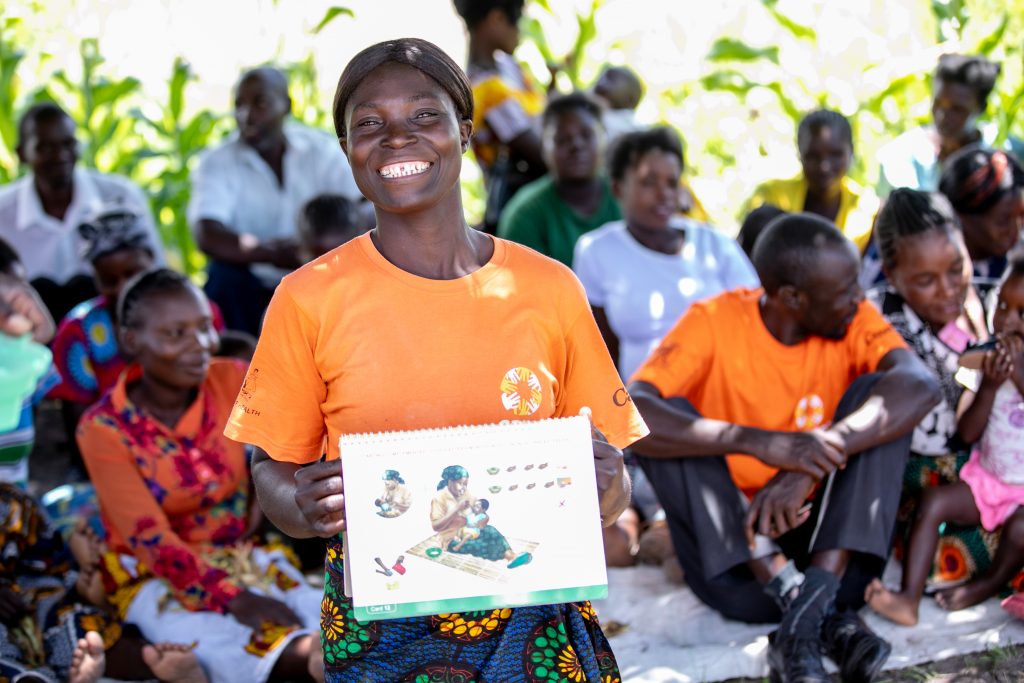
So what can be done?
There is often a direct link between media coverage and the amount of relief funding sent to an emergency. It’s important people’s voices are heard so they can get the help they need.
But this problem is not so simple as pointing the finger at the media for focusing on certain crises more than others. Journalists face many challenges in terms of visas, safety and newsroom budgets. And no one can blame readers and viewers for being interested in the events that are closest to their homes and hearts. Bringing much needed coverage and awareness to these forgotten crises is the reason we write this report.
The ’10 most under-reported crises of 2020′ report contains recommendations for the media, governments, aid agencies, the public and the private sector:
- Allow access for journalists
- Address the critical funding gap
- Invest in media relations
- Put partners first
- Invest in citizen journalism
- Protect civic space and space for a free and independent media
- Disrupt the narrative
- Don’t expect excellent journalism for free
- Go beyond the hashtag
- Prioritise women
To read in-depth about the 10 things that we can do, read the full ‘The 10 most under-reported humanitarian crises of 2020’ report here.
You can also read about past years’ most under-reported crises:
You can support CARE’s work in emergencies
CARE has been responding to emergencies since 1945. When disaster strikes in poor countries around the world, CARE is there. From wars to droughts, cyclones to tsunamis, your donation to our Global Emergency Fund means we can immediately provide lifesaving aid to those in need
Photo credits: Burundi: Irene Nduwayezu/CARE, Guatemala: Carey Wagner/CARE, Central African Republic: Sebastian Wells/CARE, Ukraine: OCHA/Maks Levin, Madagascar: Clement Razafindrakoto/CARE, Malawi: Josh Estey/CARE, Pakistan: Shaista Chishty/CARE, Mali: Elim/CARE Mali, Papua New Guinea: John Hewat/CARE, Zambia: Karin Schermbrucker / CARE
